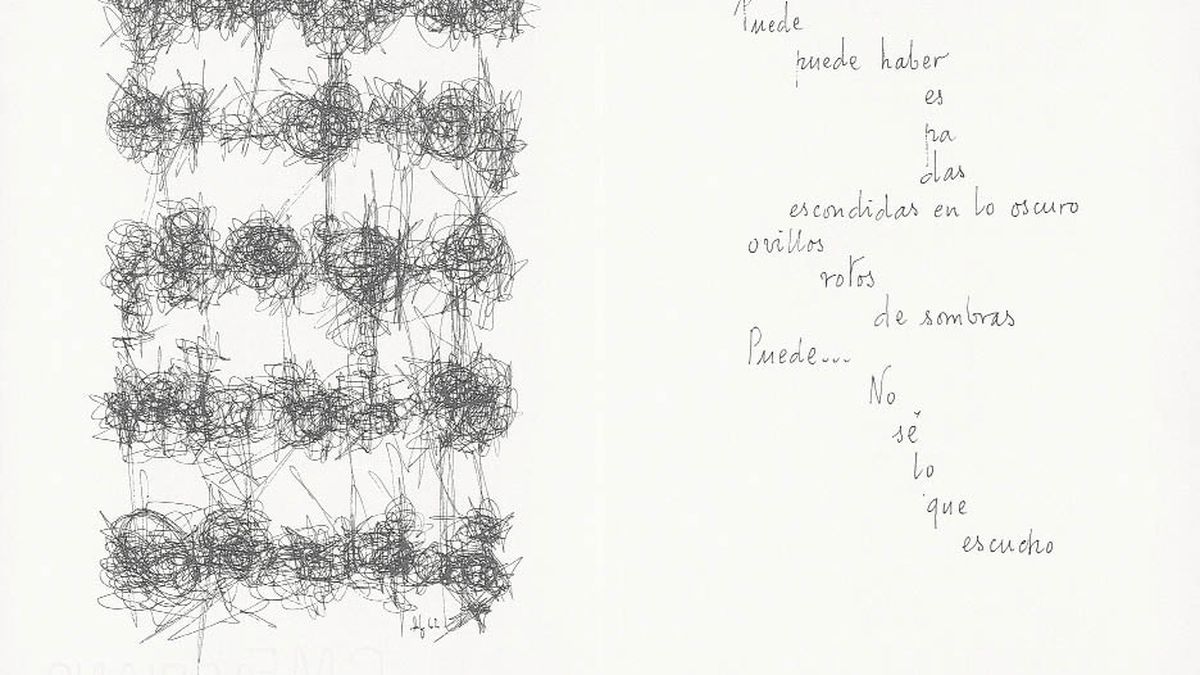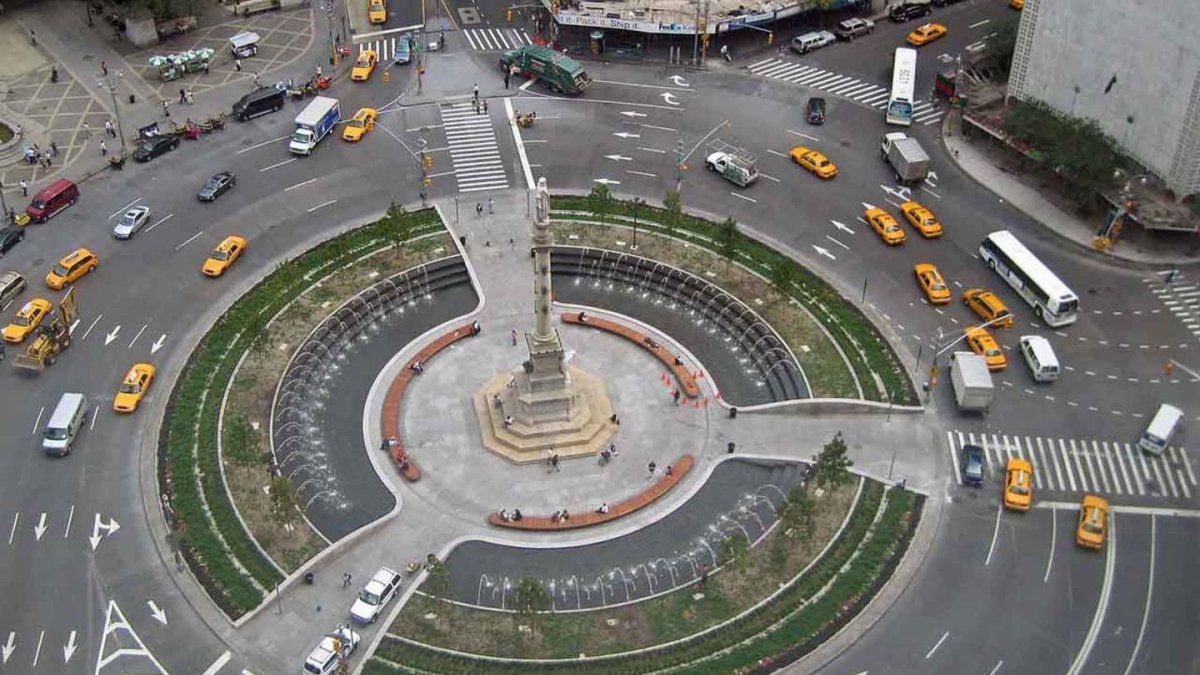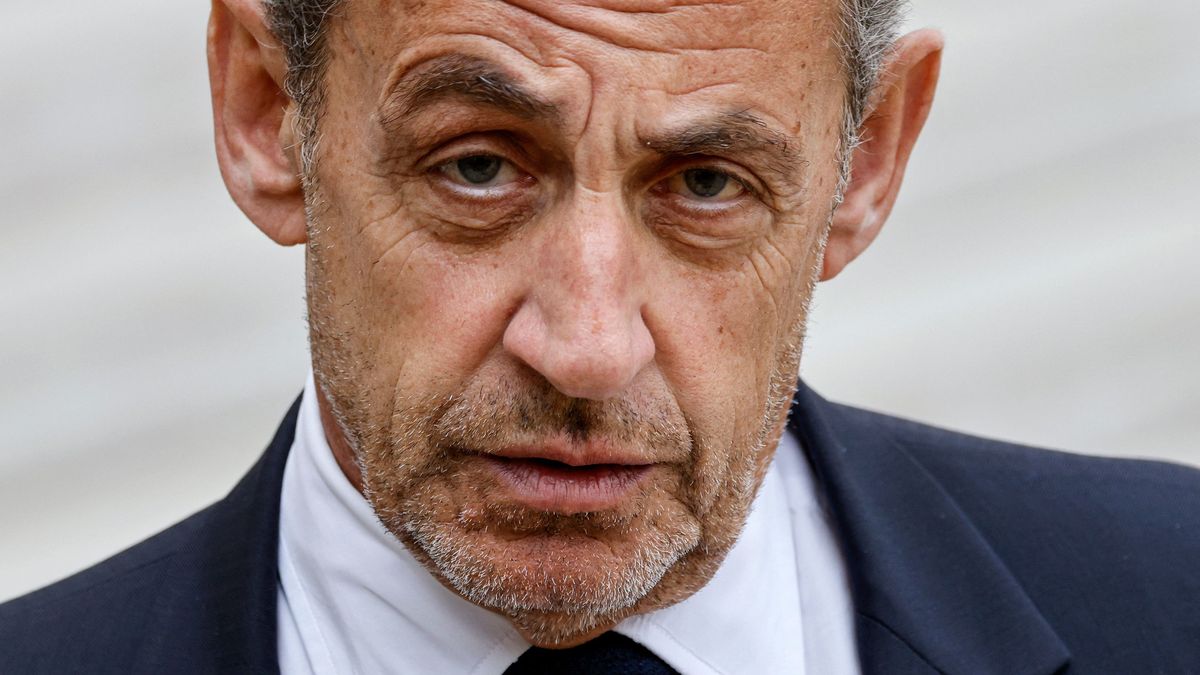Alberti’s response was immediate: “My dear León: I really like your anti-Johnson pop art projects. Let me know when they take you to Martín García to start a great international campaign for your release. Send me photos of those works right away. Jokes aside, I think that, although less comfortable, this path that you are now beginning has, in our shitty days, a great sense. […]I really like your current craziness, although I understand that Alicia is already thinking of buying you a good straitjacket at Albion House. Tell her she shouldn’t worry too much. On the contrary, she must be very happy. Either Di Tella gives you the award this year, or you end up with Di Tella. And this would also be a good way to be awarded.”
The curator, Rosa Lesca, observes: “There is a beautiful letter, of which León kept a photocopy in which he told Rafael that he was going to start a work, the blueprints, and there he is pointing out the disappearance of his son Ariel, who he was kidnapped and assassinated by the Videla dictatorship.” During his exile in São Paulo, Ferrari explored various techniques and materials, created blueprints and used Letraset signs. He thus multiplies the works, lowers costs and sends them by mail. From San Pablo to Buenos Aires travel his crowds, dead-end highways, plans and cartographies.
In the early 1960s, Ferrari made several drawings inspired by Alberti’s dramatic poem, “The Sermon on Blood.” He would then begin the display of designs that parody writing, drawings where the subversive intention of transmitting a message is accentuated. There are densely curly arabesques whose tangled shapes convey obsessions bordering on despair. The visual image of writing catches the viewer as he tries to decipher a meaning that may be missing. Ferrari called his works “written paintings” (drawings as texts and texts as drawings), representative of the earliest Latin American conceptualism. Meanwhile, as symphonic chords of the form, there are scribbles or edgy strokes where, according to the procedure, a word can be discovered. The visible, as well as the invisible that can be guessed, exert a powerful seduction.
The exhibition, which began its tour in 2020, at the end of the pandemic at the Cultural Center of Spain in Buenos Aires, has changed since then. To begin with, the Argentine cultural operator and producer of the exhibition, Juliana Ganuza, joined. And new objects were added that expand the narrative. In Cadiz are the five Ferrari letters from the Rafael Alberti Foundation, since in previous exhibitions they only had a photocopy made by our artist. There are two videos about da life. There are also works, such as the “Maternity” that Ferrari gave Alberti and a small version of “Western and Christian Civilization” made by the artist.
Source: Ambito
David William is a talented author who has made a name for himself in the world of writing. He is a professional author who writes on a wide range of topics, from general interest to opinion news. David is currently working as a writer at 24 hours worlds where he brings his unique perspective and in-depth research to his articles, making them both informative and engaging.




